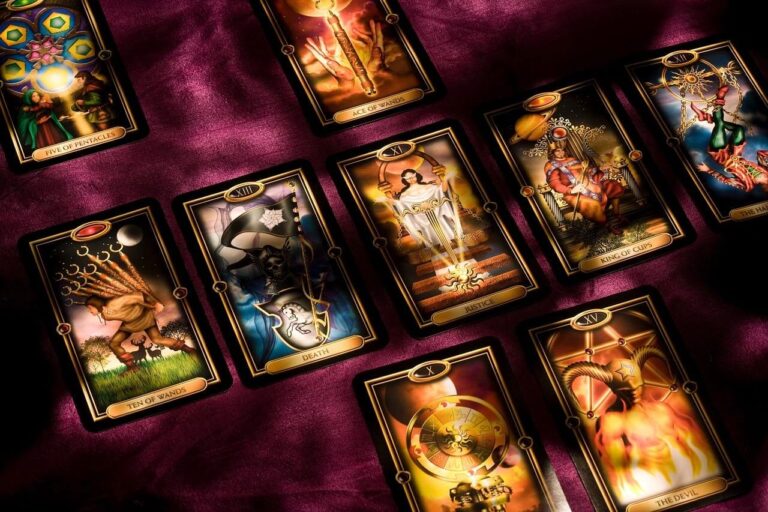Tarot spreads for beginners: Intuitive tarot reading is an art form.
However, the technique used in tarot reading, like in any skilled practice, directly affects the outcomes.
The term ‘tarot spread’ refers to the specific sequence of cards laid out during a reading.
Before drawing the cards, those seeking advice or querents can use various methods to ground themselves.
Querents can focus on their goal or question while shuffling the cards.
After shuffling, the tarot reader uses the spread to interpret the querent’s story.
Tarot reading is an art of intuition. It hinges on the technique used and the arrangement of cards, known as ‘tarot spread’. Each card in the 78-card deck has distinct meanings. These meanings guide the interpretation of life’s themes. Key practices include grounding oneself and preparing the deck. This sets the stage for meaningful insights into life’s journey.
Hanna Burgess
Tarot Spreads For Beginners
Tarot cards are a unique set of 78 drawn cards, each with a distinct significance and rich history.
There are 22 unnumbered Major Arcana cards in the Tarot deck.
They range from card number 1 (or 0 in some decks) to card number 22 (or 21 in other decks).
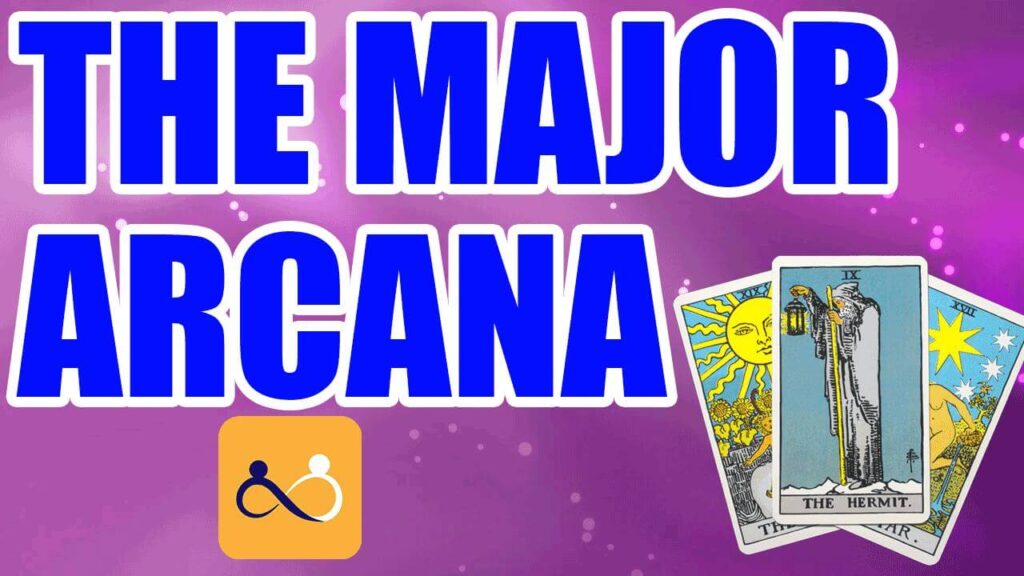
These depict the main themes of life.
There are 56 Minor Arcana cards in a tarot deck.
The suits are numbered 1-10.
Each suit contains four Court Cards: the Page, Knight, Queen, and King.
This makes 14 cards in each suit.
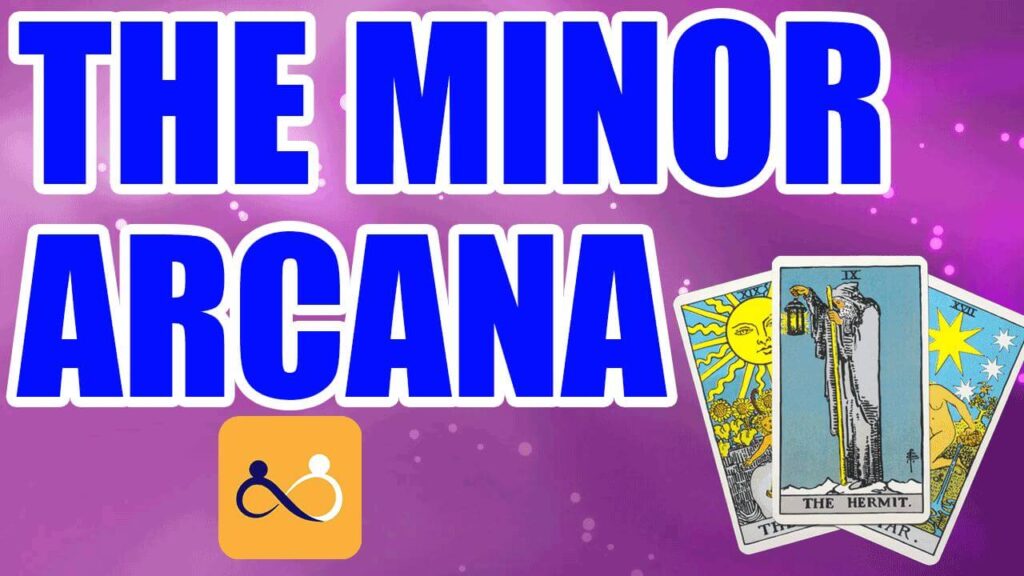
The four suits in the deck are WANDS, CUPS, SWORDS, and PENTACLES.
A story is told in each of these cards that illustrates what it is like to be a human being living on our planet.
A Brief History
Mystics and occultists have enriched tarot cards with esoteric knowledge.
They’ve been doing this since the cards were created in 1430s Italy.
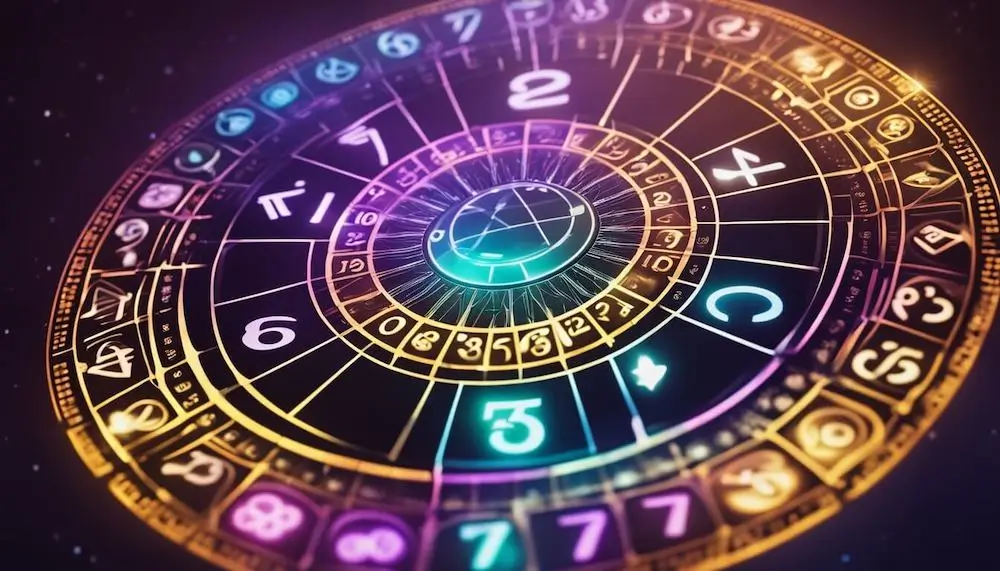
Astrology, Kabbalah, Numerology, and mythology are all linked to tarot symbols.
Together, they create a unique representation of your life’s journey.
Tarot cards offer a way to access our inner wisdom and intuition.
They help us see things more clearly or from different perspectives.
Tarot Reading techniques
First and foremost, there is no “correct” or “wrong” approach to doing a Tarot reading.
Like any spiritual or divination instrument, it’s best to centre and ground yourself beforehand.
This helps you arrive at a balanced position.
To achieve this, you may use:
- candles
- incense
- or aromatic oils
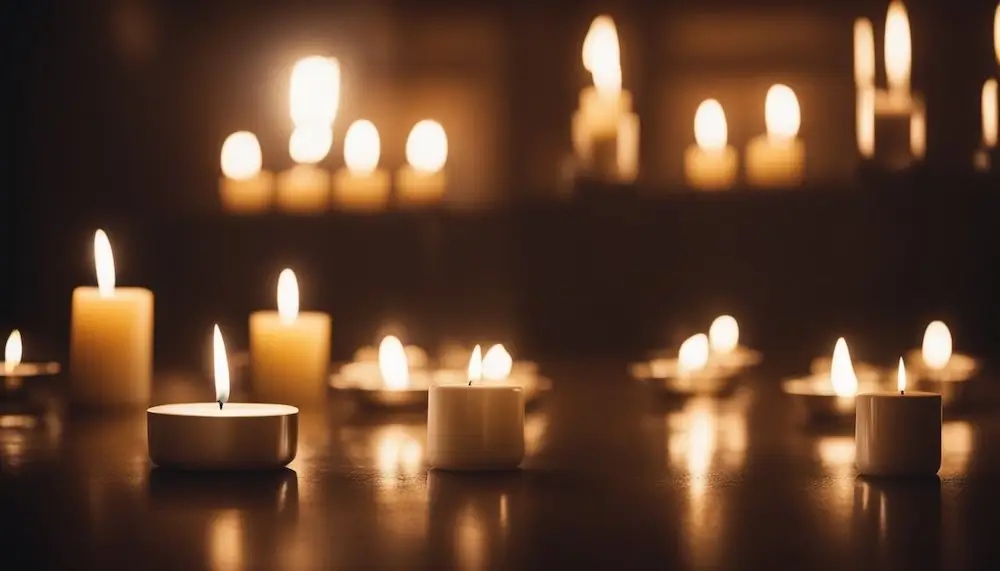
First, take a few large, deep breaths.
Then, meditate for a few seconds.
Call in the help of your spirit guides, ancestors, or higher Self.
Visualize a grounding line anchoring you to the center of the Earth.
Or anything else that resonates.
Before You Start
Clearing your deck before you begin is also a good idea.
You can clear your deck using several methods.
For example, you can stomp on it three times, blow on it, pass it through smoke, or place it in sunlight or moonlight.
To shuffle, you can either let half of the cards fall into your other hand or spread them on the ground and mix them before gathering them up.
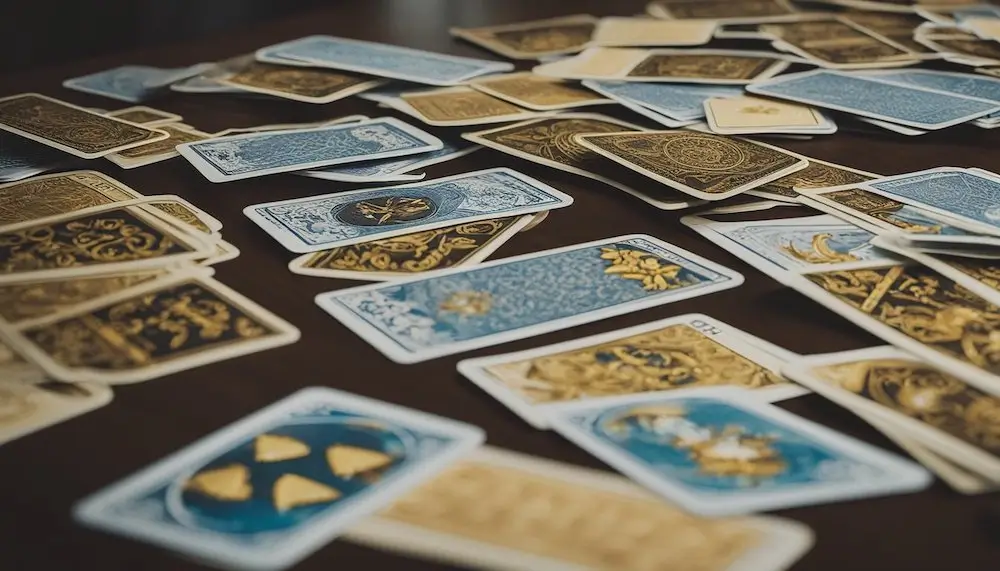
Beginners are usually advised to learn upright meanings before reading reversals.
Shuffling like this can easily introduce reversals into the deck.
You can split and riffle the cards like in poker, but I don’t recommend it as it might damage them.
Treat them properly and they’ll treat you well, as with anything of this type.
Once you’ve shuffled for a bit and are satisfied, you may ponder your question, if you have one, or begin drawing your cards while asking it out loud.
Be clear about which question each card will answer before you draw them.
You can either draw cards from the top of the deck or spread them out to choose the ones that resonate with you.
Getting Ready to Read
To get a full picture of what’s going on in your reading, lay down all your cards face down and flip them over as you proceed.
- What comes to mind first?
- What emotions do you get from it?
- Is there a greater number of Majors than Minor Arcanas?
- In how many suits are there?
- If so, how many are there in a row or sequence?
What is the significance of each card for its location within the spread?
How do these cards interact and determine their meaning and response to a question?
Begin by explaining what you see in the cards; this alone has a lot of symbolism!
After you’ve completed the spread, you may go back and check up on any particular meanings if necessary.
Avoid reading too many details, as this might be confusing.
Avoid Details
Your personal perception is the most accurate.
Your interpretation of your cards will be better and more accurate if you can build a deep relationship with your cards.
However, learning as much as possible about the cards is important before you begin a Tarot reading.
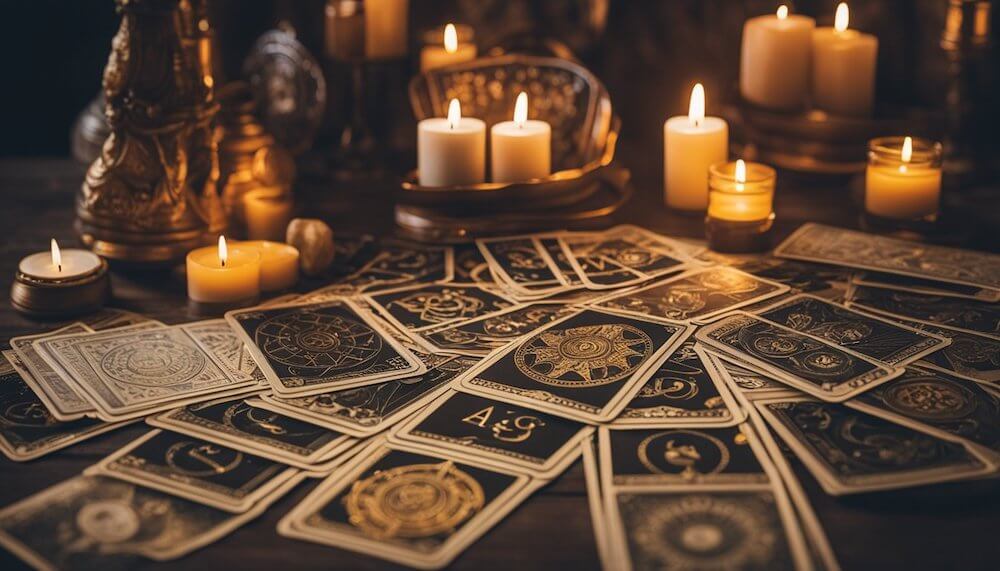
This way, the voice of intuition will become louder!
If you’d like, you may jot down your thoughts in a notebook once you’ve finished reading to refer back to them later.
This allows Tarot readers to explore trends throughout time.
They can then relate correlations to real-world problems.
Doing this may be helpful.
If you find a psychic reading confusing, you may discover that the reading makes sense the next day, week, or month!
If you want to keep track of your trip with the cards, you may do so by making a card journal.
There you have it!
Regarding Tarot card reading, you should go with the most comfortable reading.
It’s important to stick to a regular practice.
This builds a strong connection with your intuition.
It helps you stretch your inner knowledge.
To get you started, here are some simple spreads.
Popular spreads for beginners
To get you started, here are some simple spreads.
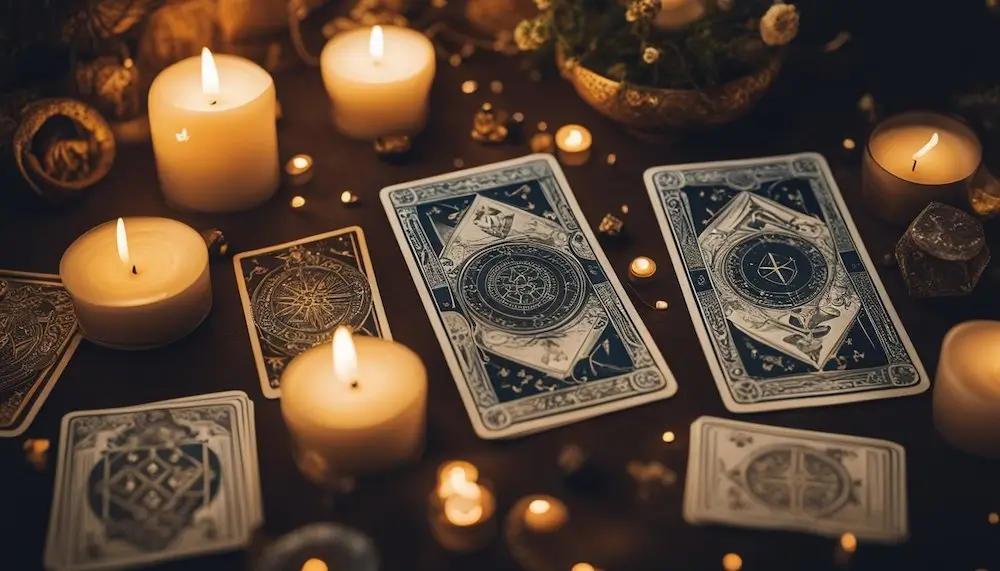
Pulling one card
It’s common practice to conduct a simple 1-card draw daily to gain a sense of the day.
This is also an excellent method to get to know the cards better.
Ground yourself, and mix the cards any way you wish.
And then ask the cards your inquiry, such as, “What do I need to know about today’s energy?”
It’s also possible to ask, “What do you think I should do?”
It’s okay to choose a card and ponder it all day.
You may revisit it before you sleep and discover how it influenced your life.
To acquire an overview of the scenario, you might ask:
“What do I need to know about…?” as an alternative to drawing one card.
The Three-Card Hand
As a result of its simplicity and level of detail, this tarot spread is quite popular.
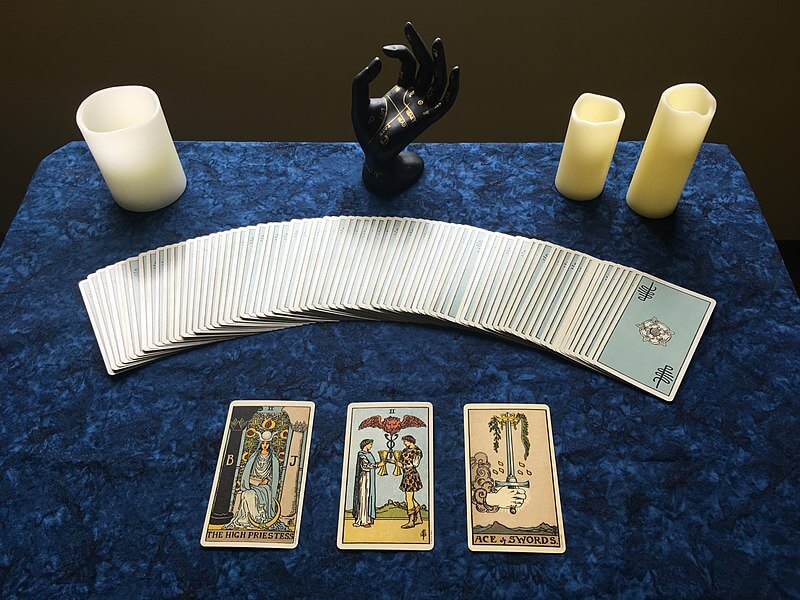
A few instances of the three cards that may be drawn are as follows:.
- Past, Present, and Future
- Body – Mind – Spirit.
- Situation – Suggestions – Result
- Assert Yourself, Acknowledge, and Release
An outcome follows an action.
Let your imagination go wild with three-card spreads; the possibilities are unlimited.
When modifying and arranging the spreads, you may easily alter and adjust each location and layout choice to suit your demands.
You may use the first card as your anchor if you want a quick answer.
And then, the other two cards represent facets of your question that you’d want to elaborate on.
Final Words
When you start your Tarot adventure, using a five-card tarot spread is usually better.
And only after you’ve mastered the three-card spread so as not to overload yourself.
As soon as you feel ready, you may go to more complex tarot spreads, such as the Celtic Cross, which uses 10 cards!
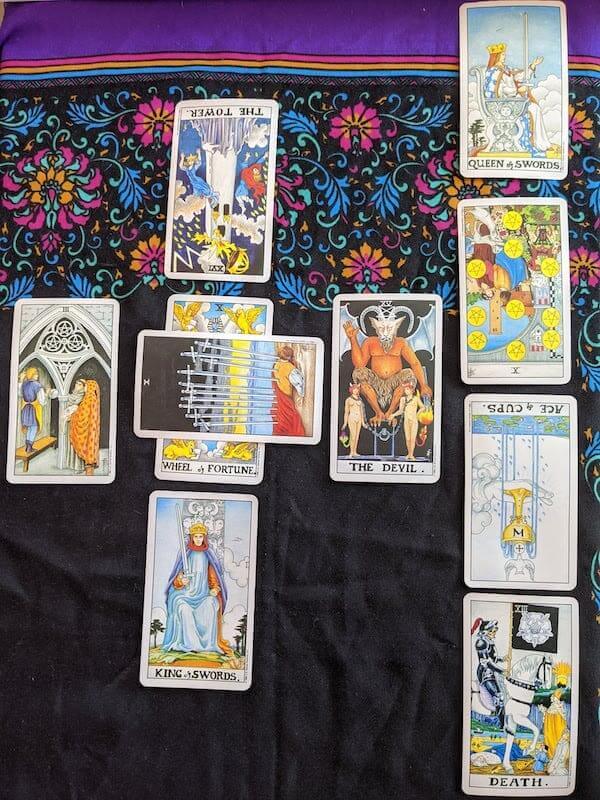
To reiterate, the alternatives are almost limitless.
Have fun experimenting with some basic spreads, and see what you come up with!
You’ll be able to do a reading for a buddy in a matter of minutes.
Hana is a numerology, tarot and astrology expert who studied extensively in India and made some amazing connections in that time. Her goal is to teach people how to live lives of passion and purpose by utilizing numbers, tarot and the planets as a guide.

